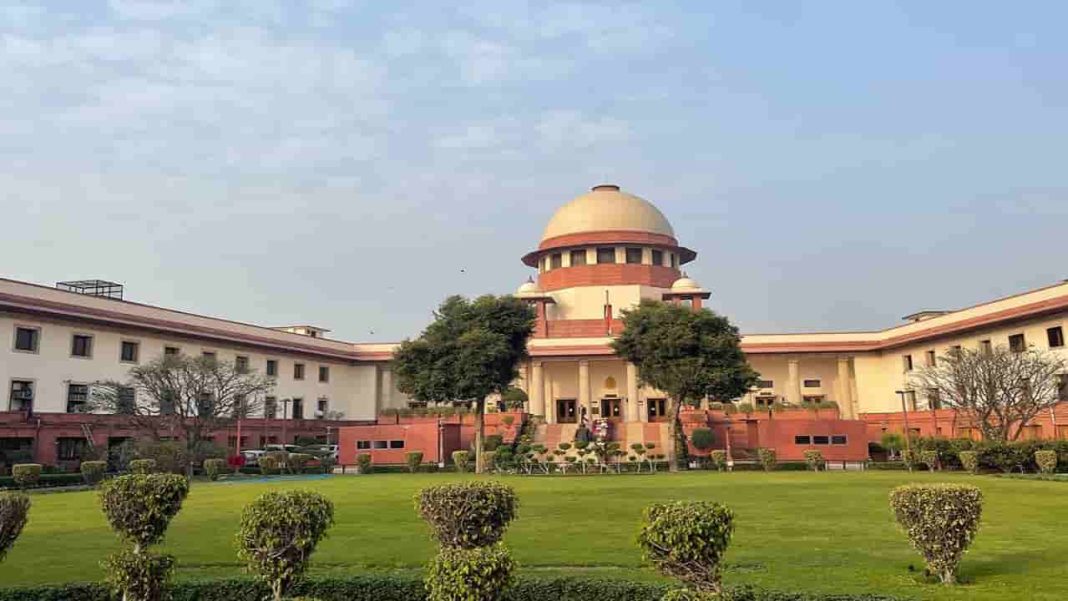The Supreme Court has dismissed a petition seeking removal of an 11-feet statue of Manu, considered as the first man and lawmaker of Hinduism, from the premises of the Jaipur Bench of the Rajasthan High Court.
The Bench of Justice Sanjiv Khanna and Justice M.M. Sundresh dismissed the public interest litigation filed by one Ramji Lal Bairwa on the grounds that a similar plea was already pending before the Rajasthan High Court. The Apex Court further directed the petitioner to approach the High Court in the matter.
The petition contended that the statue was installed secretly in 1989 as Manu was not a popular figure, but rather someone who propagated the caste system of social hierarchy. A full-court meeting in 1989 had decided to remove the statue. However, the decision was challenged in a petition, which was still pending before a full-bench of the High Court.
The petitioner said that Manu was the author of Manusmriti, which was against the very ‘concept’ of justice, liberty, equality and fraternity to all, as enshrined in the preamble of the Indian Constitution.
The plea alleged that Manusmriti was against women as also 75 per cent of the population of this country.
It said the prevalence of the statue reduced India’s standing abroad, as countries would not like to invest in a country that promoted discrimination, adding that its removal would benefit the Hindu society.
Ever since the sculpture, holding Manusmriti (Code of Laws) in his hands, was installed in the campus of the Rajasthan High Court in February, 1989, many Dalit and anti-caste civil society organisations have demanded its removal.
The last 34 years have witnessed several protests and agitations against the statue, including by Bahujan leader and social reformer Kanshi Ram and former Union Minister Ramdas Athawale.
Activists have alleged that the principles laid out in Manusmriti were discriminatory towards Dalits, women and other marginalised groups, and its installation in the High Court premises was nothing, but a monument of the caste system and patriarchy prevailing in India.


